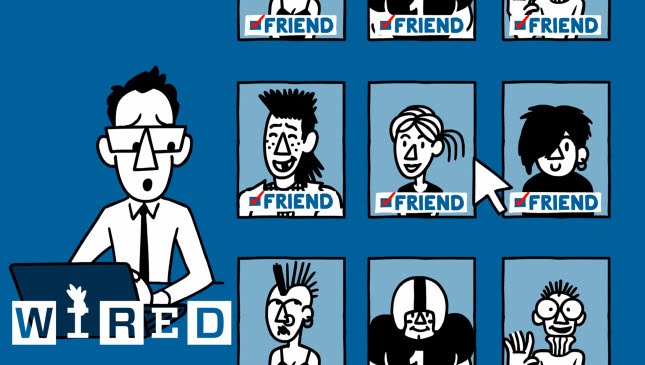Understanding Non-Verbal Communication Through the Face
Summary
In this article, we explore the importance of the face in non-verbal communication. We learn that the face conveys a wealth of information and feelings, and that it is key to understanding non-verbal communication. We also discover that the ability to see someone’s full face is important for communication as we receive a lot of information from facial expressions. Additionally, body language such as hand gestures and posture can also communicate sentiment.
Table of Contents
- The Importance of the Face in Non-Verbal Communication
- Reading Each Other’s Faces
- The Role of Body Language
- Chirality and Conflicting Emotions
- Conclusion
The Importance of the Face in Non-Verbal Communication
Joe Navarro, a former spy catcher for the FBI, explains that the face is key to understanding non-verbal communication. The brain reacts to the world through comfort and discomfort, and the muscles of the face become relaxed when we are comfortable, resulting in behaviors such as smiling and laughing. However, discomfort is registered in several areas of the face, such as the forehead, eyes, and chin, and covering of the eyes is a display of psychological discomfort. Our face immediately displays what we feel in the moment, and behavior consistent with comfort or discomfort can be observed.
Reading Each Other’s Faces
The ability to see someone’s full face is important for communication as we receive a lot of information from facial expressions. Even with masks, we can still communicate and understand emotions through other parts of the face such as the eyes and forehead. Additionally, body language such as hand gestures and posture can also communicate sentiment. In video conferences, it is important to be aware of direct eye contact as it can create discomfort and it may be more effective to angle oneself to create a more relaxed environment. Synchrony in behavior can lead to a harmonious interaction at both conscious and subconscious levels.
The Role of Body Language
As a professional interviewer, the speaker has noticed oddities in some faces but cannot pinpoint the cause. The speaker discusses the concept of chirality, which refers to the phenomenon where something appears to fold over perfectly, but doesn’t. They apply this concept to the human face, explaining that sometimes a person’s face can show two conflicting emotions, one on each side. By covering one half of the face at a time, it becomes easier to identify the specific emotion being expressed.
Chirality and Conflicting Emotions
The speaker believes that the face is important because it allows us to show empathy and validate others’ emotions. By studying nonverbal communication, we can better understand ourselves and positively impact others.
Conclusion
In conclusion, the face is a crucial aspect of non-verbal communication. It conveys a wealth of information and feelings, and the ability to see someone’s full face is important for communication. By studying nonverbal communication, we can better understand ourselves and positively impact others.







